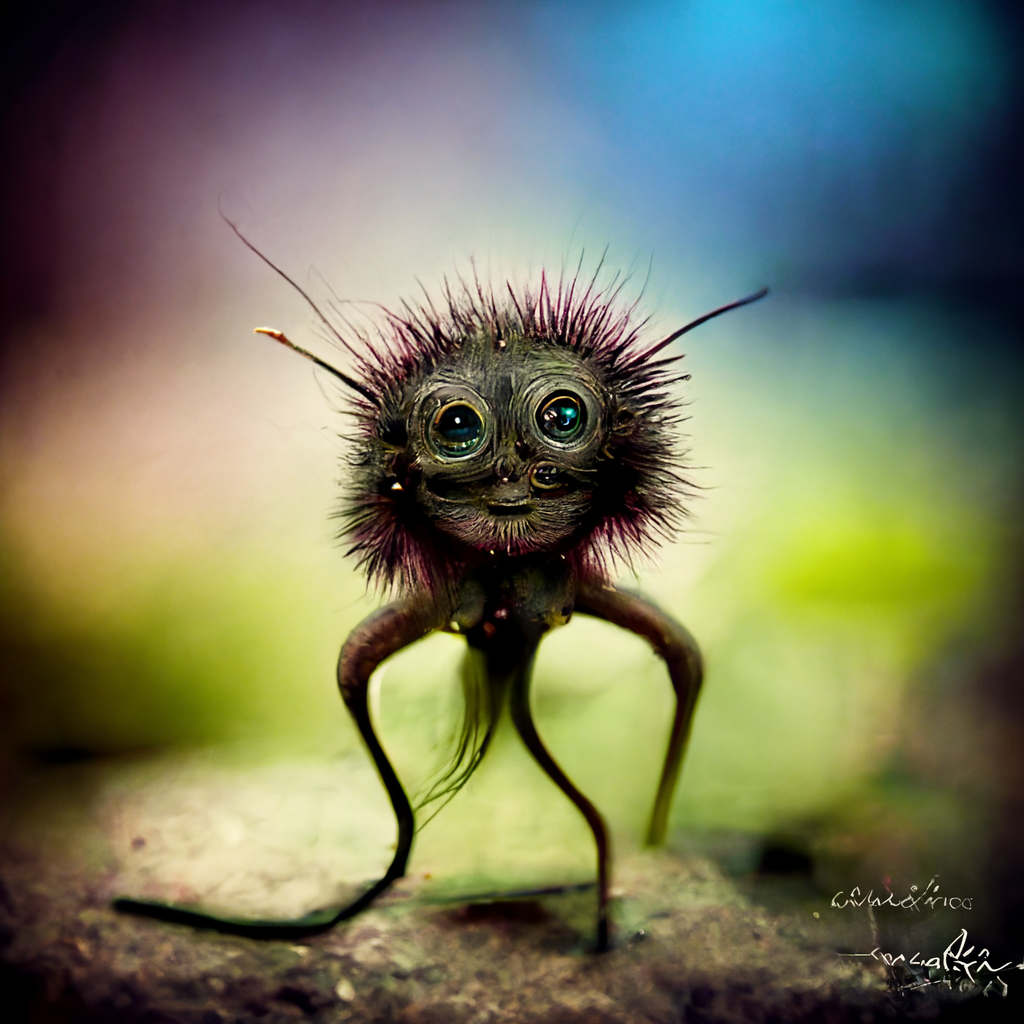

Forsydifs are a variant of ant that has evolved to live on the backs of humanoids, from whom they eat dead skin cells. They spend most of their lives crawling between the dermis and epidermis of their hosts and are capable of surviving on just dead skin and perspiration for their entire lives. They do not harm their hosts and are considered to be beneficial as they clean the skin and help prevent infection.
Explore an endless universe of ficticious life on NovelGens.





